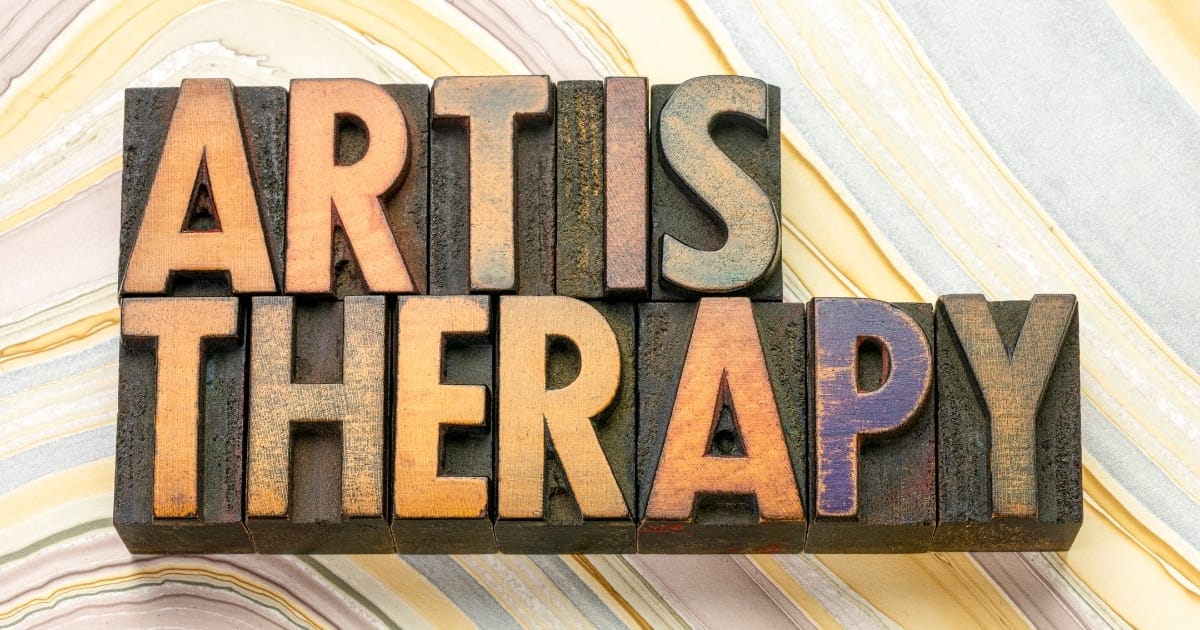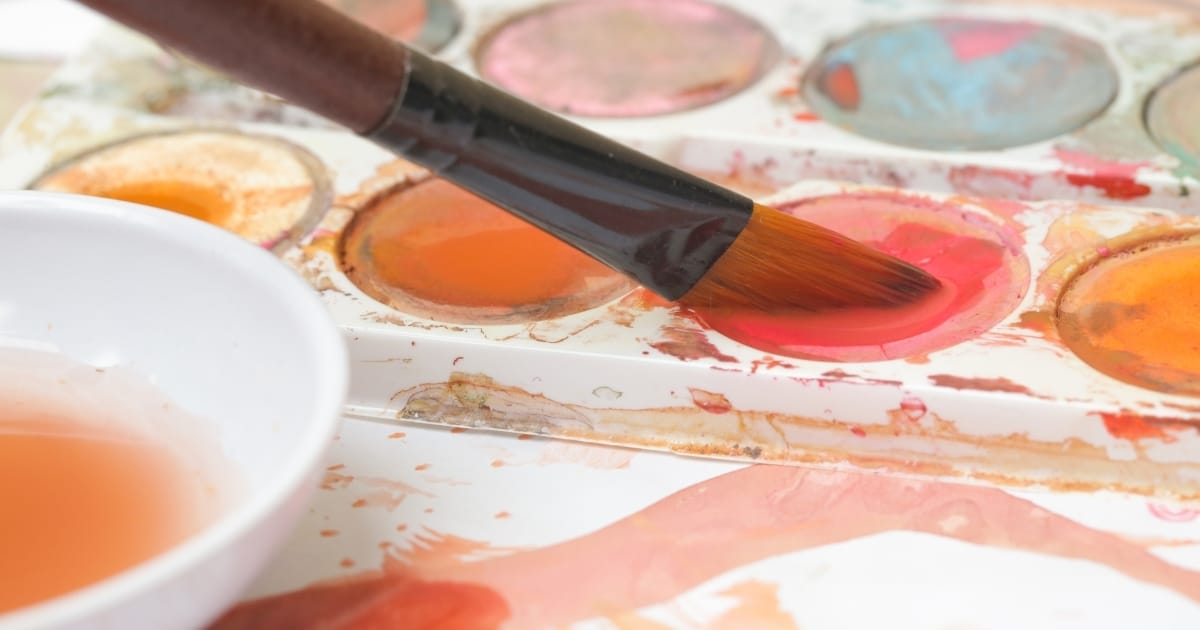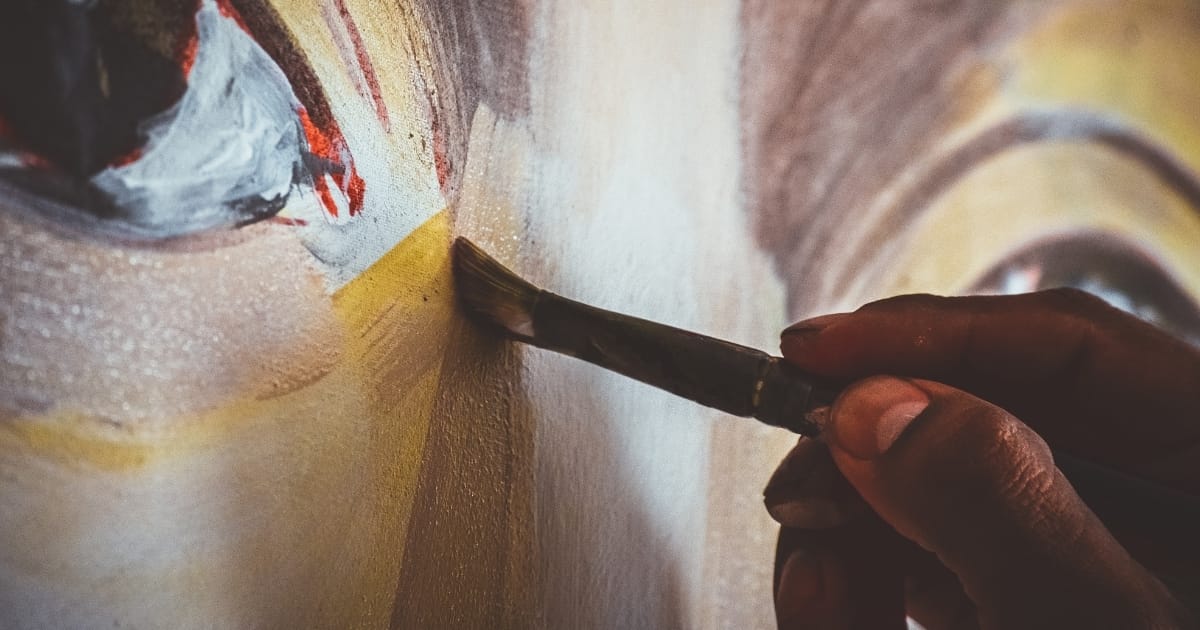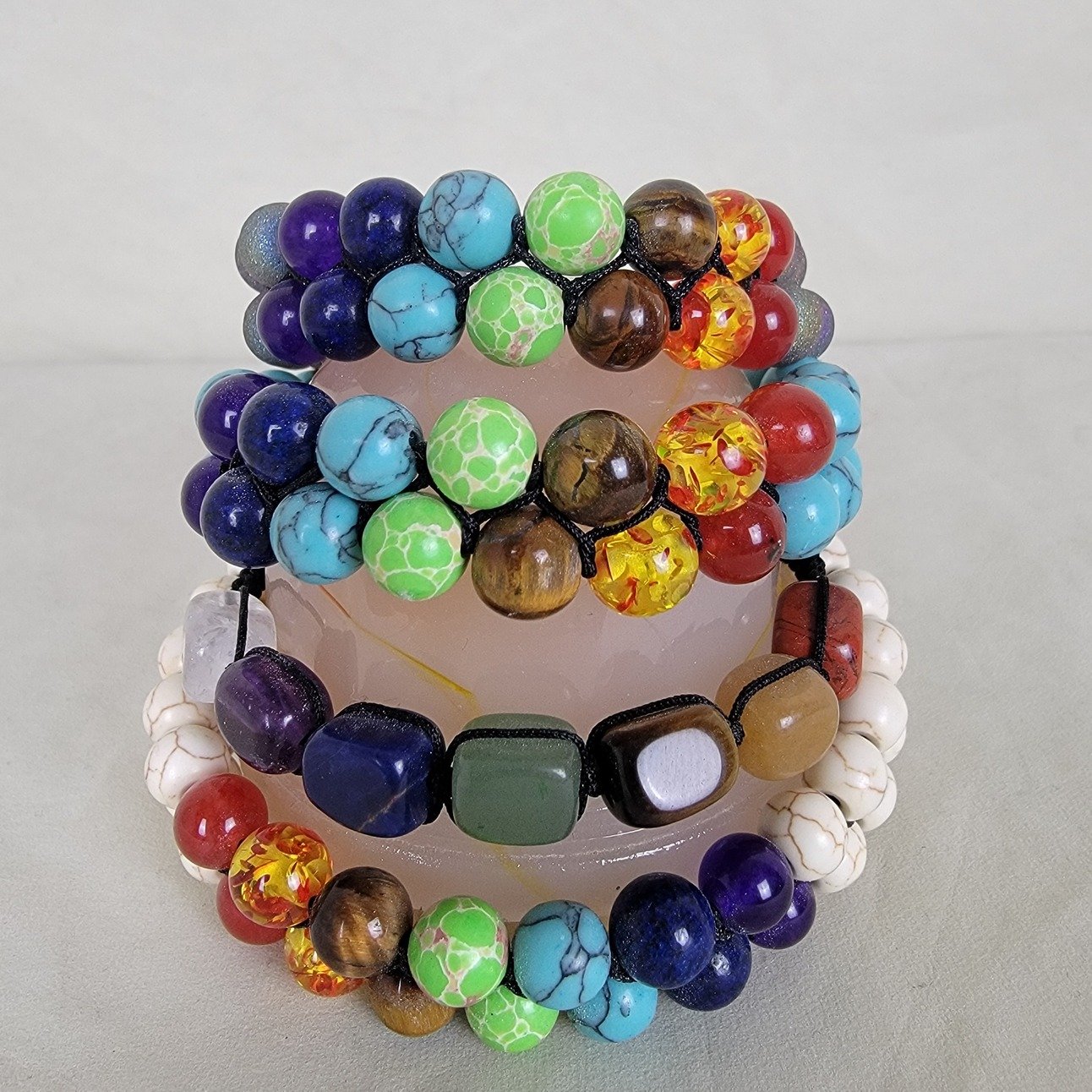- Mo's Healing Hub
- Posts
- Beginner's Guide to Art Therapy
Beginner's Guide to Art Therapy

What is Art Therapy?
Art therapy is a form of psychotherapy that utilizes various art styles as a means of communication. It provides individuals with a non-verbal outlet for expressing thoughts, feelings, and emotions that may be difficult to articulate verbally. Through the creative process, individuals can explore and confront issues, gain insight, and develop coping strategies.
Benefits of Art Therapy
The benefits of art therapy are vast and multifaceted. Here are some key advantages:
Stress Reduction: Engaging in artistic activities can promote relaxation and reduce stress levels by shifting focus away from worries and concerns.
Emotional Expression: Art provides a safe space for individuals to express complex emotions, such as anger, sadness, or joy, without the pressure of finding the right words.
Self-Exploration: Creating art can facilitate self-discovery and self-awareness by allowing individuals to explore their inner thoughts and feelings.
Enhanced Communication: For those who struggle with verbal communication, art serves as a powerful tool for expressing thoughts and emotions.
Boosted Self-Esteem: Accomplishing creative tasks and seeing tangible results can boost self-esteem and foster a sense of accomplishment.

Getting Started with Art Therapy
You don't need to consider yourself an artist to benefit from art therapy. Here are some simple steps to get started:
Gather Your Supplies: Begin by gathering basic art supplies such as paper, pencils, markers, paints, and clay. Don't worry about having fancy materials—simplicity is key.
Create a Comfortable Space: Find a quiet, comfortable space where you can work without distractions. Set the mood with calming music or dim lighting, if desired.
Choose Your Medium: Experiment with different art mediums to see which one resonates with you. Whether it's drawing, painting, sculpting, or collage, there's no right or wrong way to create.
Set an Intention: Before you begin, take a moment to set an intention for your art-making session. Whether it's to release stress, explore an emotion, or simply have fun, having a clear purpose can enhance the experience.
Let Go of Expectations: Remember, there are no rules or expectations in art therapy. Allow yourself to let go of perfectionism and embrace the process of creation.

Incorporating Art Therapy into Your Routine
Art therapy can be incorporated into your routine in various ways:
Solo Sessions: Set aside dedicated time for solo art-making sessions at home. Use it as an opportunity for self-reflection and exploration.
Group Workshops: Join art therapy workshops or group sessions led by trained professionals. Sharing your creative journey with others can foster a sense of community and support.
Online Resources: Explore online resources such as guided art therapy videos or virtual workshops for convenient access to therapeutic activities.
In conclusion, art therapy offers a unique and effective approach to promoting mental health and well-being. Whether you're looking to reduce stress, explore your emotions, or simply unleash your creativity, art therapy can be a valuable tool in your self-care toolkit. Remember, the beauty of art therapy lies in the process, not the final product. So, grab your supplies, tap into your creativity, and embark on a journey of self-discovery through art.
Be Happy. Stay Happy.
-Mo

